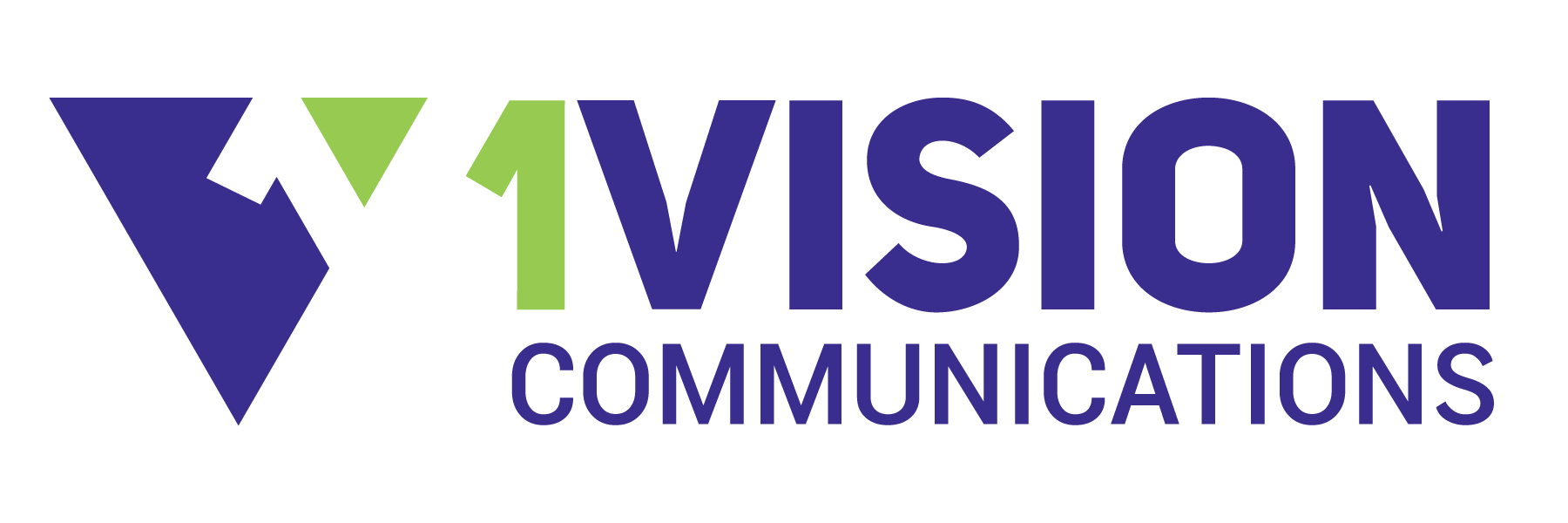Getting ‘Great’ From Your Agency
Are there any business relationships as rewarding, or potentially rocky, as the client/agency one? Marriages are often used as analogies because they share many similarities along the journey: i.e., compatibility, communication, and forgiveness. Some client/agent relationships even end badly. But here are a few tips to have the very best marriage with your agency after the “I dos.”
Trust & Share
The more you can think of your agency as a long-term partner, the more you’ll feel comfortable sharing confidential plans and numbers. Provide them access to executive level meetings and
reports, and invite their participation with donors or customers. Show them the warts and all.
Allow Failure
Have you thought of excellence and failure as two sides of the same coin? You’ll get innovation and creativity quickly and more often if an occasional stumble isn’t punished. Think of it like dog training: Does Fido come back wagging his tail when he sees a rolled up magazine in your hand?
Reserve Judgment
After you get to know your agency – and vice versa – they will have an idea of your level of risk-tolerance. I hope they bring you ideas or execution that you consider “risky.” Resist the temptation to reject it quickly. Give it time to sink in. Even if you don’t eventually accept it, your agency will appreciate the measured consideration.
Be Clear
Even the largest agency in the world swings and misses. (I know. I was an executive at one for a decade.) Knowing why you believe what you do and being able to articulate it promotes better understanding and long-term appreciation.
Encourage
Most agency folks respond better to the carrot than the stick. Tell them when you like their work, celebrate the successes, and thank them for the time and effort they put in. Yes, you pay them for the work, but a pat on the back might mean they’ll work even harder next time!
The work agencies perform—creating fresh ideas and messages to move an increasingly fragmented and cynical marketplace—gets more challenging daily. They will love you AND the process with these ‘great’ tips.



